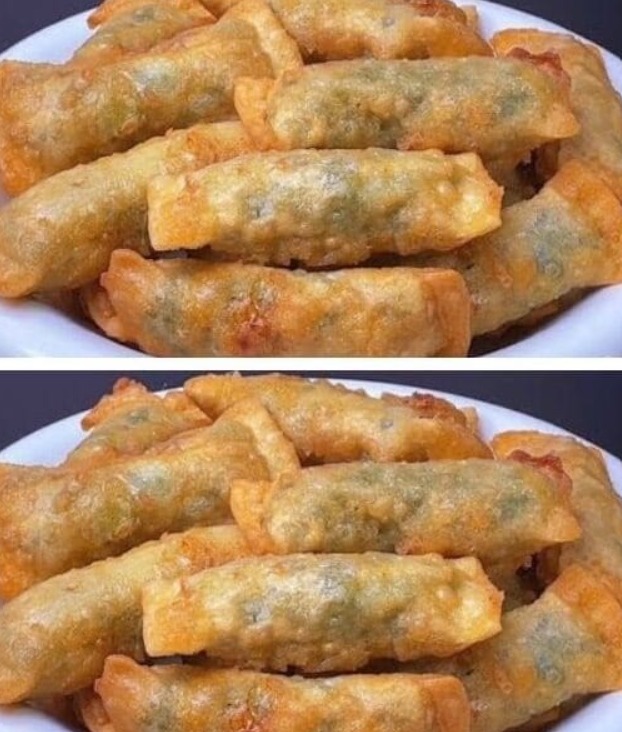In the realm of culinary delights, few dishes evoke the same sense of comfort and satisfaction as boiling water dumplings. These delectable parcels, filled with savory goodness and served with dipping sauces, have a rich history spanning centuries and offer a plethora of health benefits. From their humble origins to their modern-day adaptations, this article explores the cultural significance, nutritional virtues, and step-by-step preparation of this beloved comfort food.
History:

The origins of boiling water dumplings can be traced back to ancient China, where they were known as “shui jiao” or “jiaozi.” Legend has it that the concept of dumplings was conceived by the legendary Chinese physician Zhang Zhongjing during the Eastern Han Dynasty (25–220 AD). Concerned about his people suffering from frostbite during the harsh winter months, Zhang Zhongjing devised a way to combine minced meat, vegetables, and warming spices into dough wrappers, creating a nourishing and comforting food that could be easily cooked in boiling water.
Over the centuries, boiling water dumplings became a staple in Chinese cuisine, evolving with regional variations and cultural influences. They were traditionally enjoyed during the Chinese New Year as a symbol of good fortune and prosperity, with families gathering to make and share dumplings as part of festive celebrations.
As Chinese cuisine spread across the globe, so too did the popularity of boiling water dumplings. Today, they can be found in restaurants and home kitchens worldwide, cherished for their delicious taste, versatility, and heartwarming appeal.
Benefits:
- Nutritional Balance: Boiling water dumplings offer a harmonious blend of protein, carbohydrates, and essential nutrients. The filling, typically made with a combination of ground meat, vegetables, and seasonings, provides a source of lean protein, vitamins, and minerals, while the dough wrapper adds carbohydrates for energy and fiber for digestive health.
- Versatility: One of the greatest strengths of boiling water dumplings lies in their versatility. The filling can be customized to suit individual preferences and dietary needs, allowing for endless variations of flavor and texture. Whether filled with pork and cabbage, chicken and mushroom, or tofu and spinach, dumplings offer a delicious canvas for culinary creativity.
- Portion Control: Boiling water dumplings are inherently portion-controlled, making them an ideal choice for mindful eating. Their small size encourages moderation, allowing individuals to enjoy a satisfying meal without overindulging. This aspect makes them particularly suitable for those watching their calorie intake or managing weight.
- Cultural Heritage: Beyond their nutritional merits, boiling water dumplings carry cultural significance as a symbol of unity, abundance, and familial ties. The act of making dumplings together fosters camaraderie and strengthens bonds between generations, preserving culinary traditions and passing down recipes from one family member to another.
Preparation Method:
Ingredients:
- For the dough:
- 2 cups all-purpose flour
- 1/2 cup water
- For the filling:
- 1/2 pound ground meat (pork, chicken, or beef)
- 1 cup finely chopped vegetables (cabbage, scallions, carrots, mushrooms, etc.)
- 2 tablespoons soy sauce
- 1 tablespoon sesame oil
- 1 teaspoon grated ginger
- Salt and pepper to taste
- For serving:
- Soy sauce
- Rice vinegar
- Chili oil
- Sliced scallions
Instructions:
- Prepare the Dough: In a large mixing bowl, combine the all-purpose flour and water. Knead until a smooth dough forms, adding more water or flour as needed to achieve the right consistency. Cover the dough with a damp towel and let it rest for 30 minutes.
- Make the Filling: In another bowl, mix together the ground meat, chopped vegetables, soy sauce, sesame oil, grated ginger, salt, and pepper until well combined. Set aside.
- Form the Dumplings: After the dough has rested, divide it into small pieces. Roll each piece into a thin circle, about 3 inches in diameter. Place a spoonful of filling in the center of each dough circle.
- Fold and Seal: To seal the dumplings, fold the dough over the filling to create a half-moon shape. Pinch the edges together tightly to ensure a secure seal. You can also pleat the edges for a decorative touch.
- Boil the Dumplings: Bring a large pot of water to a boil. Carefully add the dumplings to the boiling water, making sure they are not overcrowded. Stir gently to prevent sticking. Cook the dumplings for 6-8 minutes, or until they float to the surface and the dough is cooked through.
- Serve: Using a slotted spoon, remove the cooked dumplings from the pot and drain excess water. Arrange them on a serving platter and garnish with sliced scallions. Serve hot with dipping sauces such as soy sauce, rice vinegar, and chili oil on the side.

Conclusion:
Boiling water dumplings represent more than just a delicious meal—they embody a timeless tradition of culinary craftsmanship, cultural heritage, and communal gathering. From their humble beginnings in ancient China to their widespread popularity on tables around the world, dumplings continue to captivate hearts and palates with their savory filling, tender dough, and comforting warmth. Whether shared with loved ones or savored in quiet solitude, a plate of homemade dumplings is a celebration of life’s simple pleasures and a reminder of the power of food to nourish body, mind, and soul.